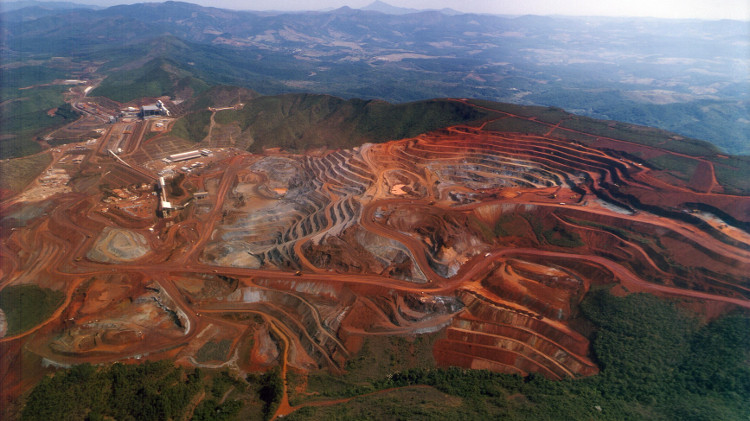Pretium announced Brucejack's first gold pour on June 20, two weeks before the mine reached commercial production. Courtesy of Pretium Resources
Turning a discovery into an operating mine typically takes more than a decade, but Pretium Resources bucked that trend when it announced commercial production had commenced at the Brucejack mine in northwestern British Columbia on July 3, converting the high-grade Valley of the Kings gold deposit into a producing mine in just eight years.
For Pretium president and CEO Joseph Ovsenek, the time passed “incredibly fast.” From the moment he heard about the high-grade, visible gold in the discovery drill hole in 2009, he knew they would have a mine. It was the spectacular grade, he said, that allowed Pretium to “continually raise money and finance construction, even though the markets were down and have been a lot of the time.”
Bestowed with high grades and blessed with a favourable exchange rate, the Brucejack project is a jewel in Pretium's crown
Pretium spent US$811 million to construct B.C.’s latest gold mine. In June, the new plant at Brucejack processed 70,805 tonnes of ore for an average of 2,360 tonnes per day, just under 90 per cent of the maximum permitted production.
“We are ramping up,” said Ovsenek, “We’re focused on attaining that 988,000 tonnes per year, or just over 2,700 tonnes per day, nameplate capacity as quickly as possible.” The company announced its first gold pour on June 20.
Brucejack is the third greenfield mine to go into production in B.C. in four years, after Mount Milligan in February 2014 and Red Chris in July 2015. Following the downturn, exploration activity in B.C. has shifted to less capital-intensive early-stage exploration; the 2016 British Columbia Mineral and Coal Exploration Survey reported that 73 per cent of respondents stated that their exploration projects were focused on grassroots exploration.
“Commercial production at Brucejack is a signal that mines are being developed and opened in B.C.,” said Jonathan Buchanan, director of information and public affairs at the Association for Mineral Exploration British Columbia. “We’re seeing grassroots exploration near advanced projects, like around Brucejack, IDM Mining’s Red Mountain and AuRico Metals’ Kemess project.”
“Although we were heading out of a downturn in 2016, this combination indicates a healthy mix of projects that can be developed into mines both in the near term and B.C.’s future,” said Buchanan.
Bear Creek Contracting says it is out $14 million for unpaid work done at Brucejack
IDM Mining took a major step toward its 2019 production goal at the Red Mountain underground project by submitting applications for environmental assessment to provincial and federal regulators in July. AuRico Metals also announced a positive preliminary economic assessment for the Kemess East deposit in April, following the same for the Kemess Underground deposit a year earlier.




